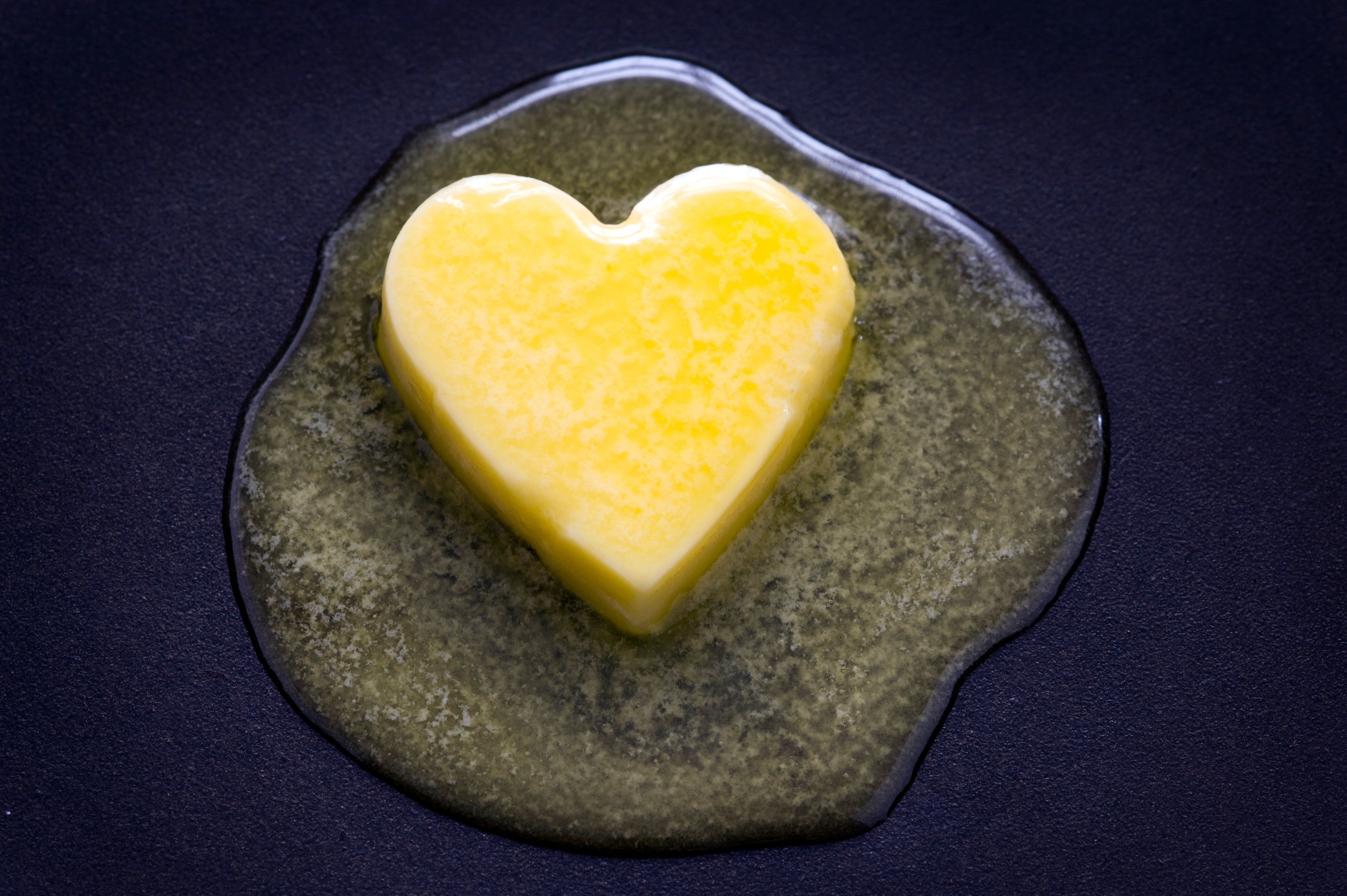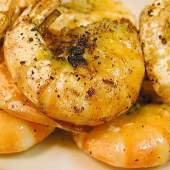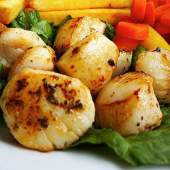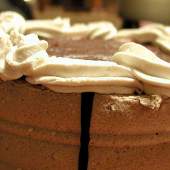The World of Food: Butter

“With enough butter, anything is good.”
― Julia Child, chef, cookbook author, TV host, and inveterate foodie
“Life isn't life without real butter.”
― Adrienne Posey, author
“Honest bread is very well ― it’s the butter that makes the temptation.”
― Douglas Jerrold, English dramatist
“Smooth like butter, like a criminal undercover…smooth like butter, pull you in like no other.”
― “Butter” ― song by K-Pop band BTS
There are relatively few things in life that make just about anything better. But butter is surely one of them. Whether you incorporate it as a vital ingredient in your cookie, cake, pastry, or pie crust recipe, slather it on vegetables or fresh bread, drizzle it into your tub of movie popcorn, or cook your omelet or grilled cheese sandwich with it, butter is an accessible luxury that makes us feel decadent and loved.
As you might guess, butter has been around for a very, very long time. To be precise, historians estimate it first showed up in about 8,000 BC (but it could very well be even earlier), and its creation may have something in common with cheese in that it could have come about entirely by happy accident. After a long day’s ride through the central Asian (some say African) desert, the story goes that a nomad peered into the sheepskin pouch of goat’s milk hanging from his saddle and discovered that the continual movement of his camel “churned” the milk into something different, separating the fat from the liquid. Evidently, what resulted was delicious. With apologies to James Bond, apparently it was “shaken, not stirred,” a method of making butter that is still quite viable (see below). Butter took off pretty quickly after that, becoming a prized commodity and later a booming business. Probably because camels weren’t roaming about everywhere, people made butter by dangling containers of milk from trees and letting the wind do the work (another low-tech process still in use). Eventually, butter manufacturers came up with far more efficient and sophisticated ways to mass-produce it.
In ancient times, the Romans and Greeks used butter mostly for medicinal purposes and for illumination in lamps, and considered its consumption more suited to the lower classes. For generations, this was also true of Europeans, but things started looking up once the Catholic Church approved its use during Lent. After that, the demand for butter really took off – so much so that in France during the reign of Napoleon III, the Emperor responded to its scarcity by offering a substantial bonus to anyone who came up with a reasonable low-priced substitute. In 1869, someone did, which is how we got margarine (or “oleomargarine,” as it is sometimes called).
Here’s more about butter:
- The garden-variety butter we pick up at the grocery store is almost always made from cow’s milk. But there are plenty of other sources, too, including goats, sheep, buffalo, and even yak.
- To make two sticks of butter, you need approximately 10 pints of milk. Which seems like a lot, so it’s probably no surprise that about a third of the world’s milk production goes into making butter.
- Butter, in moderation, is good for you! It contains vitamins A, D, and E and is a source, albeit minor, of calcium and phosphorus. It also gives you energy, and is not as fattening as you might think (again, in careful moderation as part of a nutritious diet).
- Butter is not naturally yellow in color – its various hues are largely dependent on the animal its milk came from and what it has been fed. Some manufacturers, believing that the yellow color makes the butter more appetizing, achieve that appearance by adding vegetable dye.
- Did you catch this year’s Illinois State Fair butter cow? It was displayed in its own special refrigerator case, and had its own webcam. (It’s being dismantled now that the Fair is over, but not to worry: its 500 pounds of molded butter are always repurposed for non-edible purposes such as soap and grease). Butter sculpting has actually been around since the Renaissance, when it was used as a decorative touch at celebrations, not unlike today’s ice sculptures at weddings.
- Who makes the world’s priciest butter? France, of course! Échiré butter is made by hand in small batches, and a little more than a half-pound of this delicacy goes for about $20. Definitely an item for special occasions. Such as…
…The butter board, a recent hot party trend. Think of it as a reimagined charcuterie concept, but with salted butter that is liberally spread on a board and topped with your favorite things – anything from chopped meats and vegetables to nuts and seeds to dried fruit and honey to garlic and herbs. There are an endless number of other possibilities, of course, including edible flowers. All you need beyond that are smallish slices of really good bread, a spreader knife for each of your guests, and perhaps some nice wine. (Bonus: if this is your appetizer, you might not need to bother with dinner!)
Want to make your own butter at home? All you need is heavy whipping cream, cold water, a jar with a tight lid, and the stamina to shake it vigorously for a while. You can enlist the kids to help – not only is it educational, but it yields not just butter but also buttermilk!
We think that nomad on his camel would approve.





